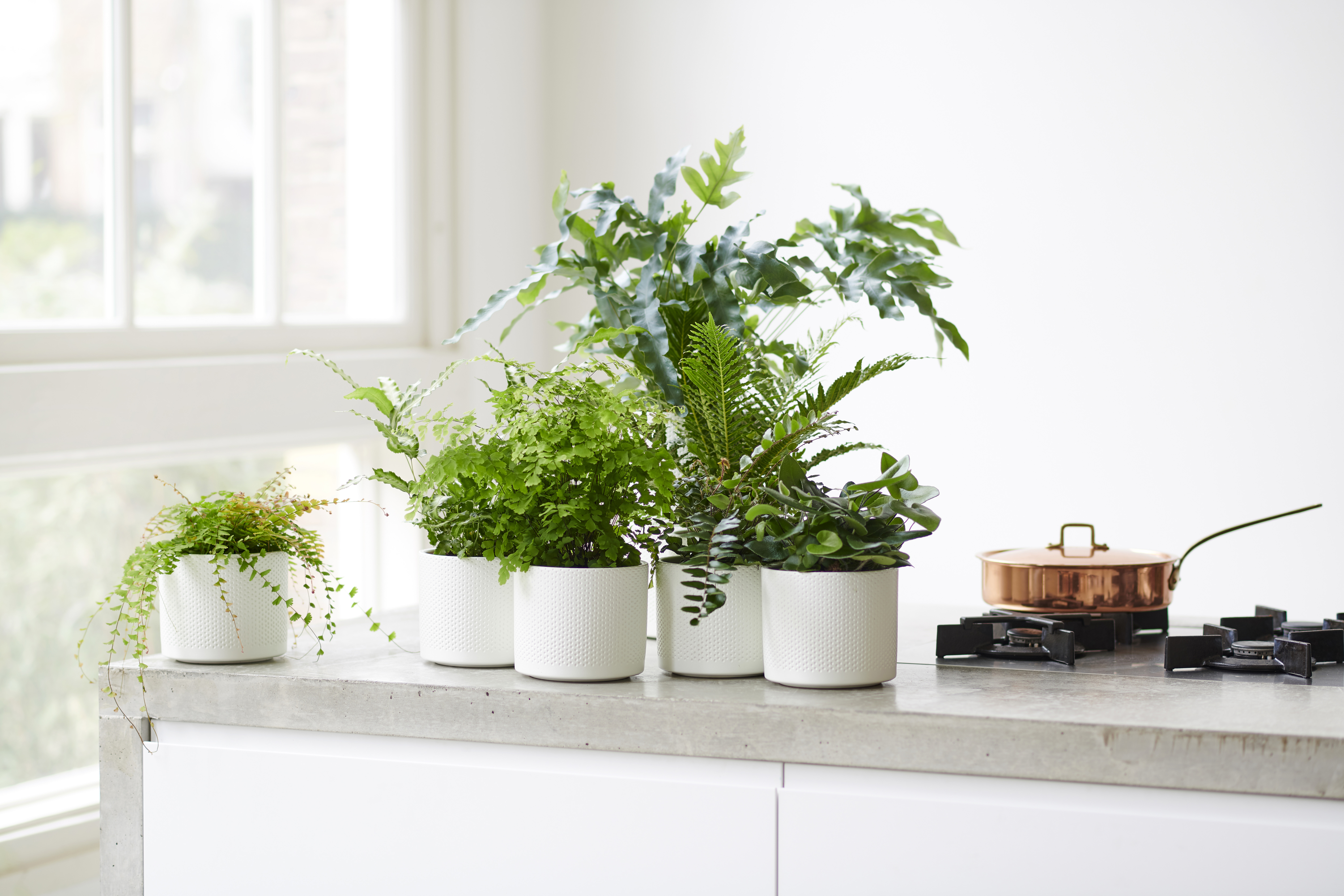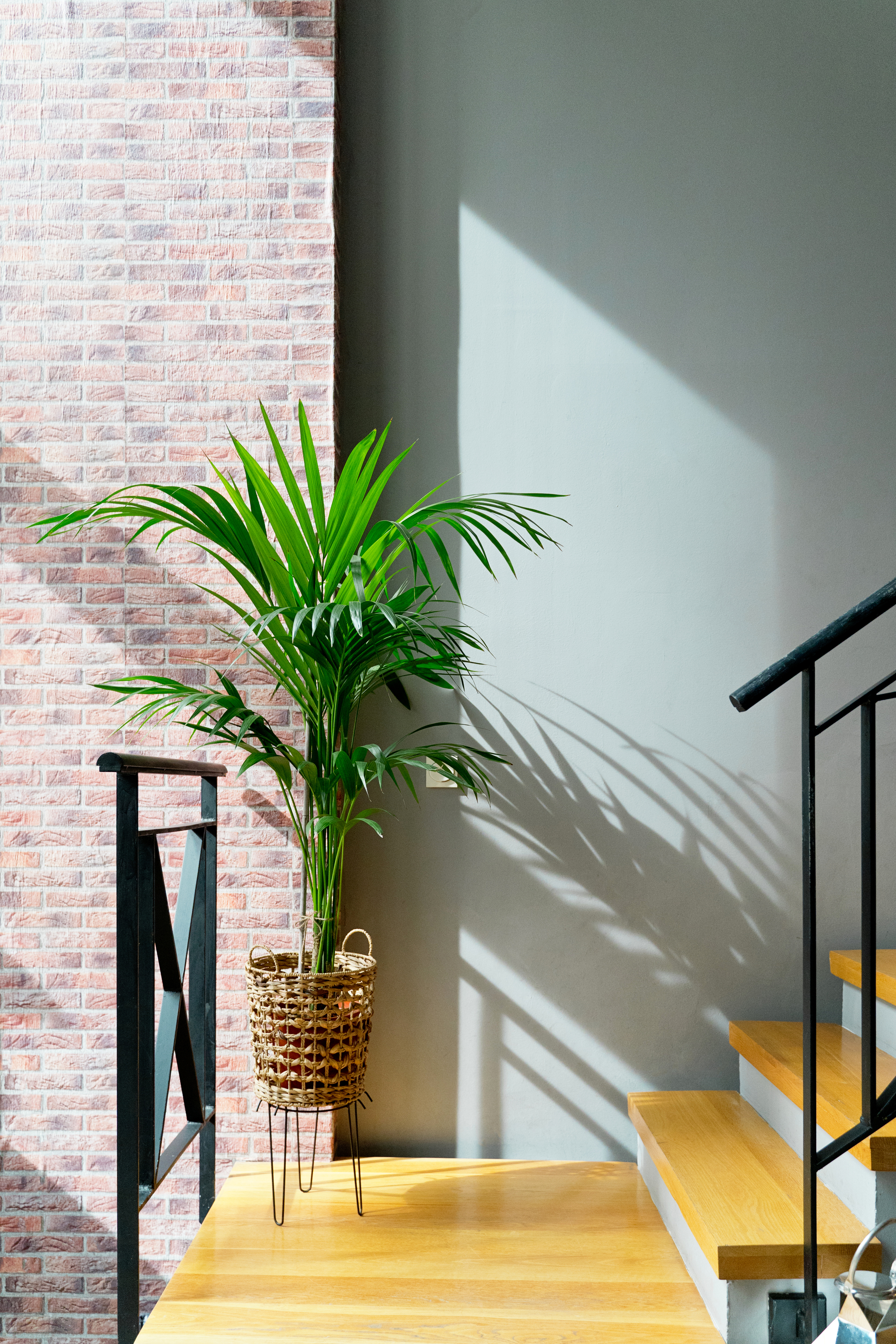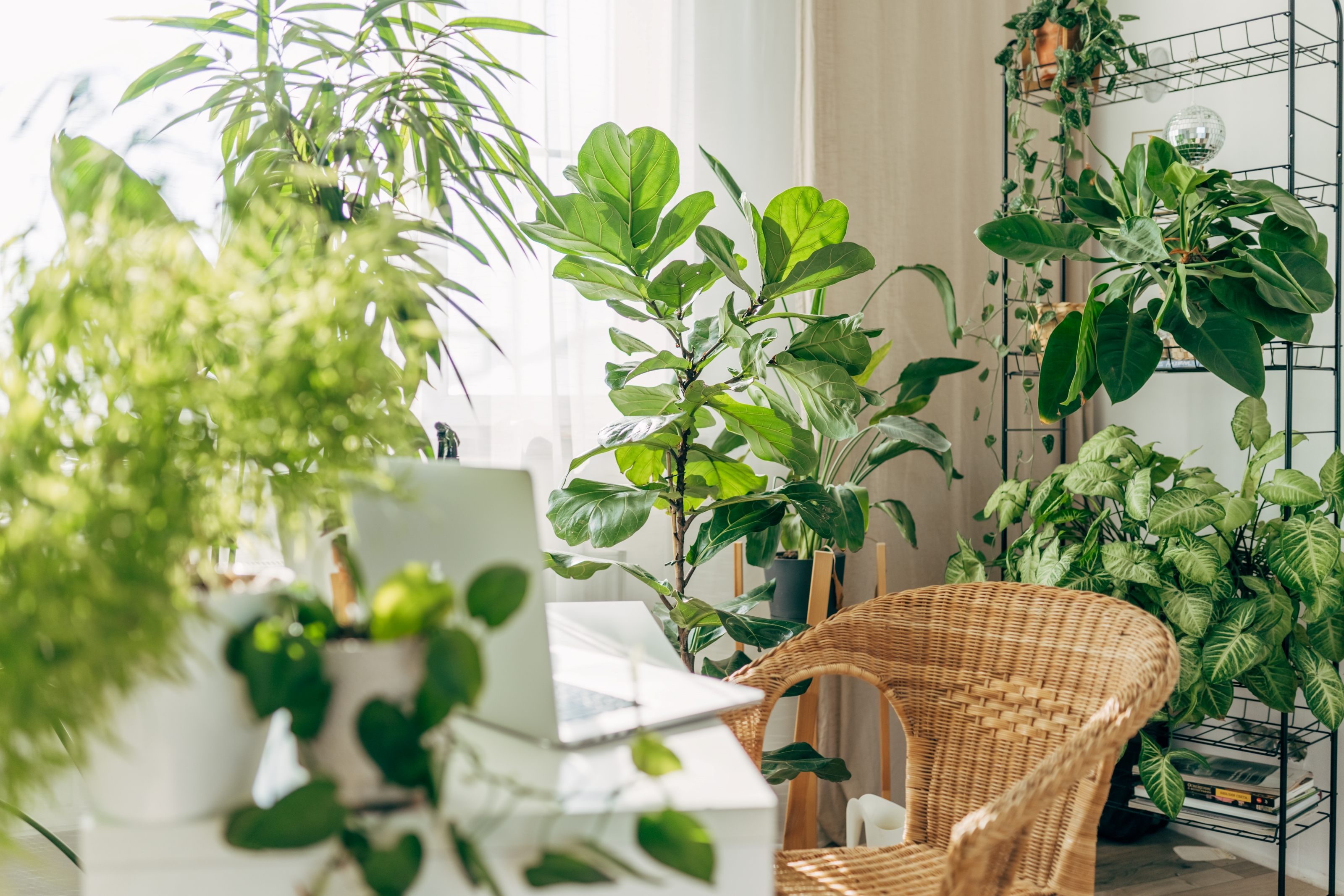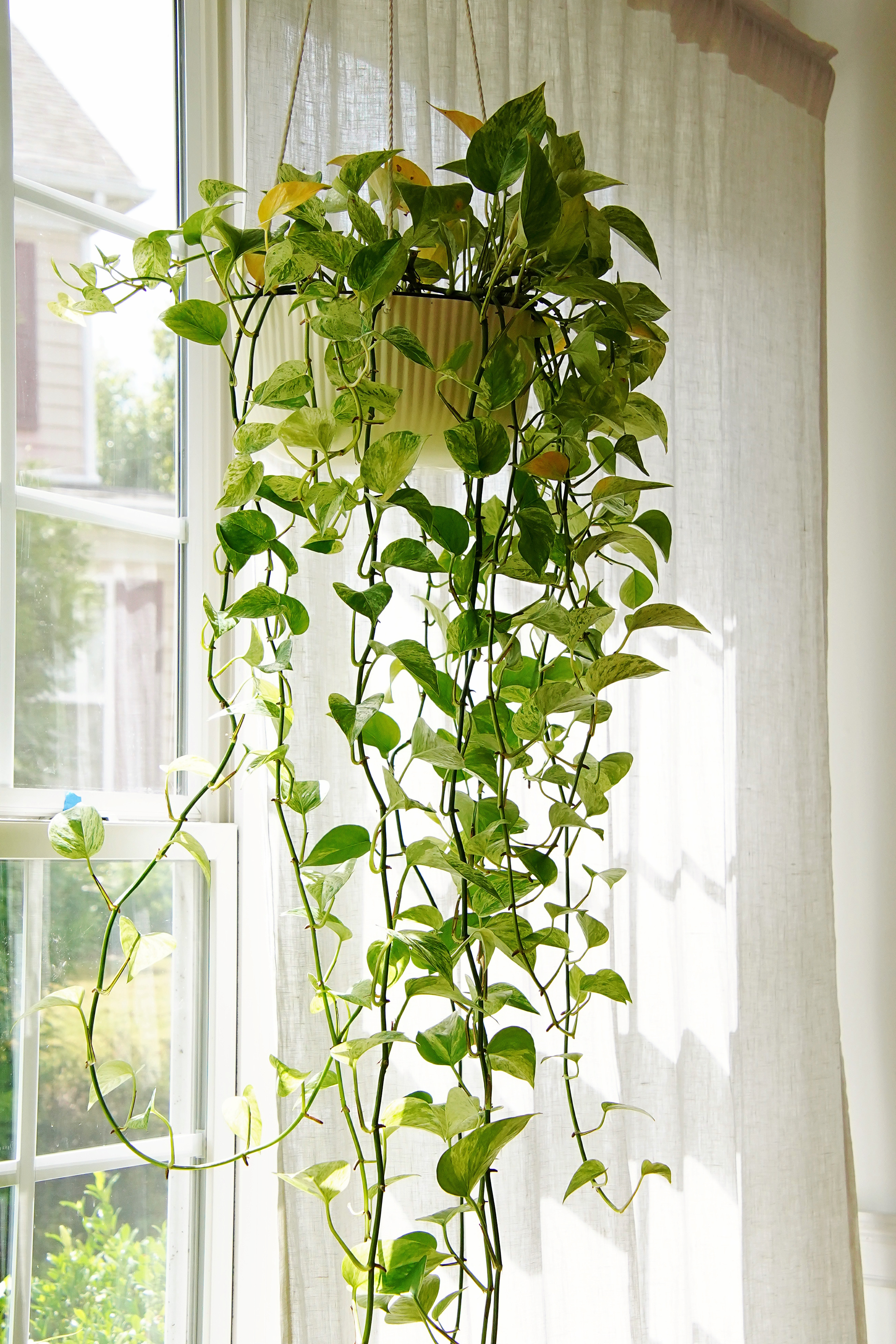
A home brimming with perfectly maintained houseplants may look effortlessly beautiful, but don’t be fooled — more work goes into caring for them than you might think. One of the more tedious and forgotten tasks that tends to get overlooked by novices is pruning houseplants. It’s not always essential for the health of the plant, but occasional trimming can help neaten up untidy plants and keep them looking their very best.
Pruning isn't only done for aesthetic purposes, either. According to Paris Lalicata, plant expert at The Sill, there are a number of reasons why pruning houseplants can be important. ‘Pruning can help rejuvenate any plants that have become leggy or overgrown and encourage bushier growth, or it can also be used to shape your plant and encourage a more attractive appearance or maintain a certain size,' she says.
Here, we caught up with experts to find out how best to prune your houseplants to ensure that your green-fronded foliage looks its best all year round. With these tips, decorating with plants will make your home even more beautiful than you ever imagined!
1. Tailor your technique

While pruning houseplants may seem deceptively simple, it’s crucial to tailor your technique depending on the plant species. ‘Different houseplants may require different pruning techniques,’ Paris Lalicata at The Sill explains. 'Be sure to research the specific needs of your plant to understand how and when to prune it.'
As Paris goes on to explain, some plants may benefit from frequent pruning while others may require more minimal trimming. 'For example, most palms like the Majesty Palm are known as “self-pruners” and pruning is only required to remove dead or lackluster foliage,' she says. 'Whereas, a trailing plant like a Pothos can be pruned throughout the growing season to encourage bushier growth rather than having the long trailing vines.'
Richa Kedia, a botanist at Simplify Plants, recommends researching your specific plant's pruning needs. 'Some prefer a light trim, while others can handle a more significant cutback,' she explains. She stresses the importance of choosing the right time for a trim, too. 'Spring and summer are ideal, as plants are in their active growth phase,' she says.
2. Avoid using scissors

When it comes to pruning your houseplants, you need to make sure that you’re working with a specialized tool kit to tackle the task effectively. ‘Always start with sharp, sterilized pruners to avoid spreading diseases or damaging plants,’ Paris advises. The best houseplants that are most well-cared for won't show any signs of tearing, leaf damage, or disease.
Paris explains that it’s best to steer clear of using scissors to prune your plants, as they can damage plant tissue. Instead, pruners are the ideal tool to use, as you can focus in on the exact area that you need to target. 'When pruning, you’ll always cut back branches or stems to a node (where a leaf is attached to the stem) to promote new growth,’ she says. ‘If you prune directly at a node, new growth may be stunted.’
Richa adds that clean, sharp pruning shears are a must to avoid damaging the plants. 'Cut just above a leaf node or bud to promote healthy regrowth,' she explains.
3. Take it slow

Pruning your houseplants is a delicate process, one that needs to be approached with caution. Paris explains that it is crucial not to rush or overzealously go at it, as this could potentially cause damage in the long run. ‘Avoiding removing more than a third of the plant's foliage at once (unless that foliage is dead or diseased),' she says. 'Over-pruning can stress the plant and inhibit its growth.’ The best houseplants for beginners tend to be slower growers, like the snake plant, to avoid such mistakes.
4. Shape it up

According to Richa, there is no one-size-fits-all way to prune a houseplant, but you should consider a certain set of techniques to shape your houseplant up to be the best it can be. 'Trim back overgrown branches to encourage bushier growth and maintain the plant's shape,' she says. 'If you're looking to thin it out, remove some inner branches for denser plants to allow light and air to reach the center.'
When pruning, Richa adds that it's important to primarily trim dead ends. 'Always start by removing dead or yellowing leaves and any spindly growth,' she says.
5. Give extra love to your leggy plants

While not all houseplants in your indoor garden require pruning, those that are prone to becoming leggy are most likely to benefit from it. Amongst these, Paris lists trailing plants like pathos and philodendron species. ‘If you want to increase the yield of branches or leaves on trees like the Rubber tree, Fiddle Leaf Fig, or Olive tree, pruning can help facilitate this,’ she explains.
Ultimately, Paris emphasizes that no two house plants are the same, and their unique set of needs determine whether they would benefit from a good pruning. ‘Keep in mind, plants can benefit immensely from pruning, some more than others, but it’s not necessarily a requirement or a “need” for plants,’ she explains.
‘While they may take on unusual shapes or become unruly the plant can still be in good health despite having quirks from lack of pruning,' she adds. 'However, you will find that pruning some species will give you more control over the size and shape of the plant, and in return will look more attractive.'







